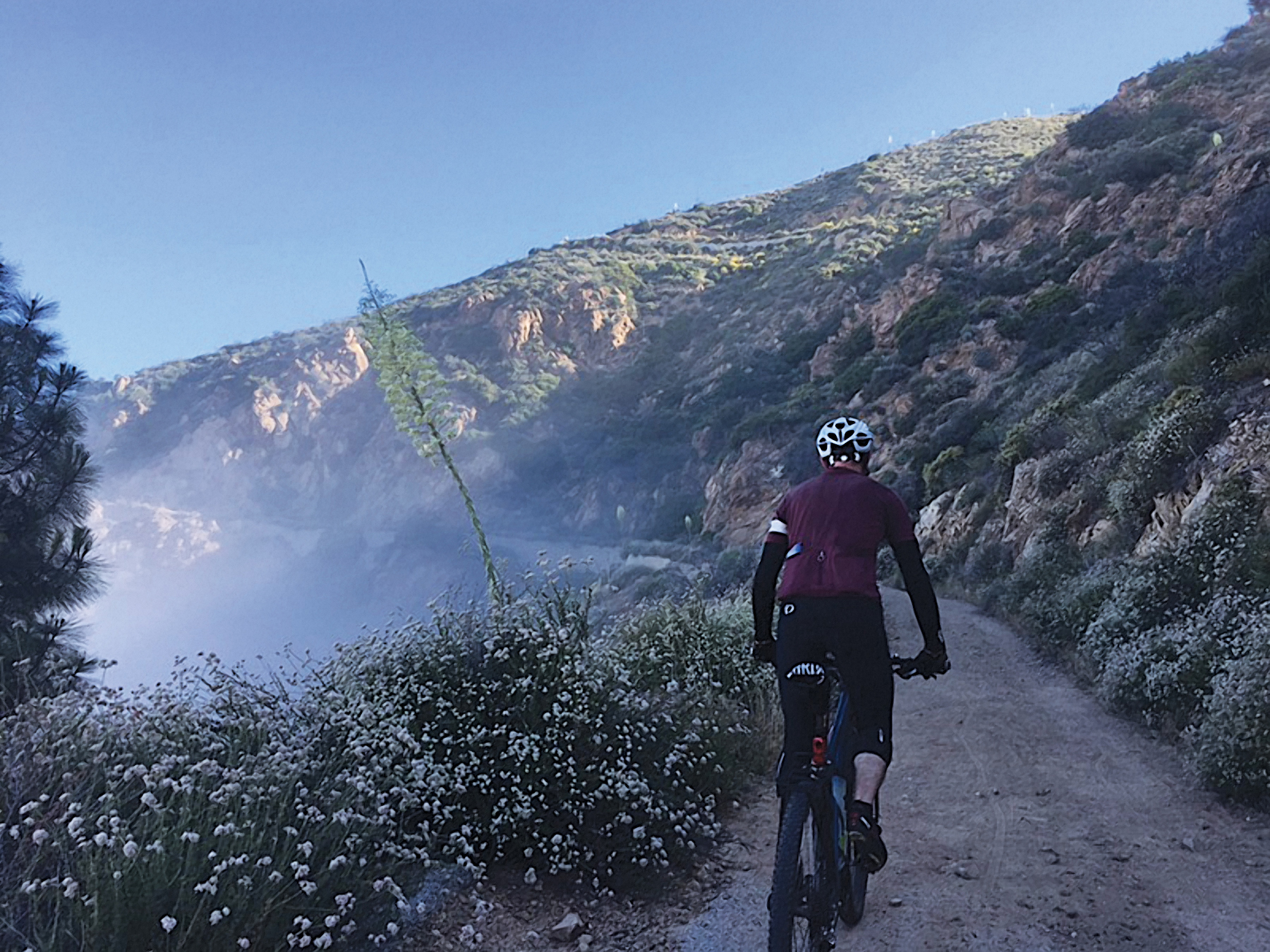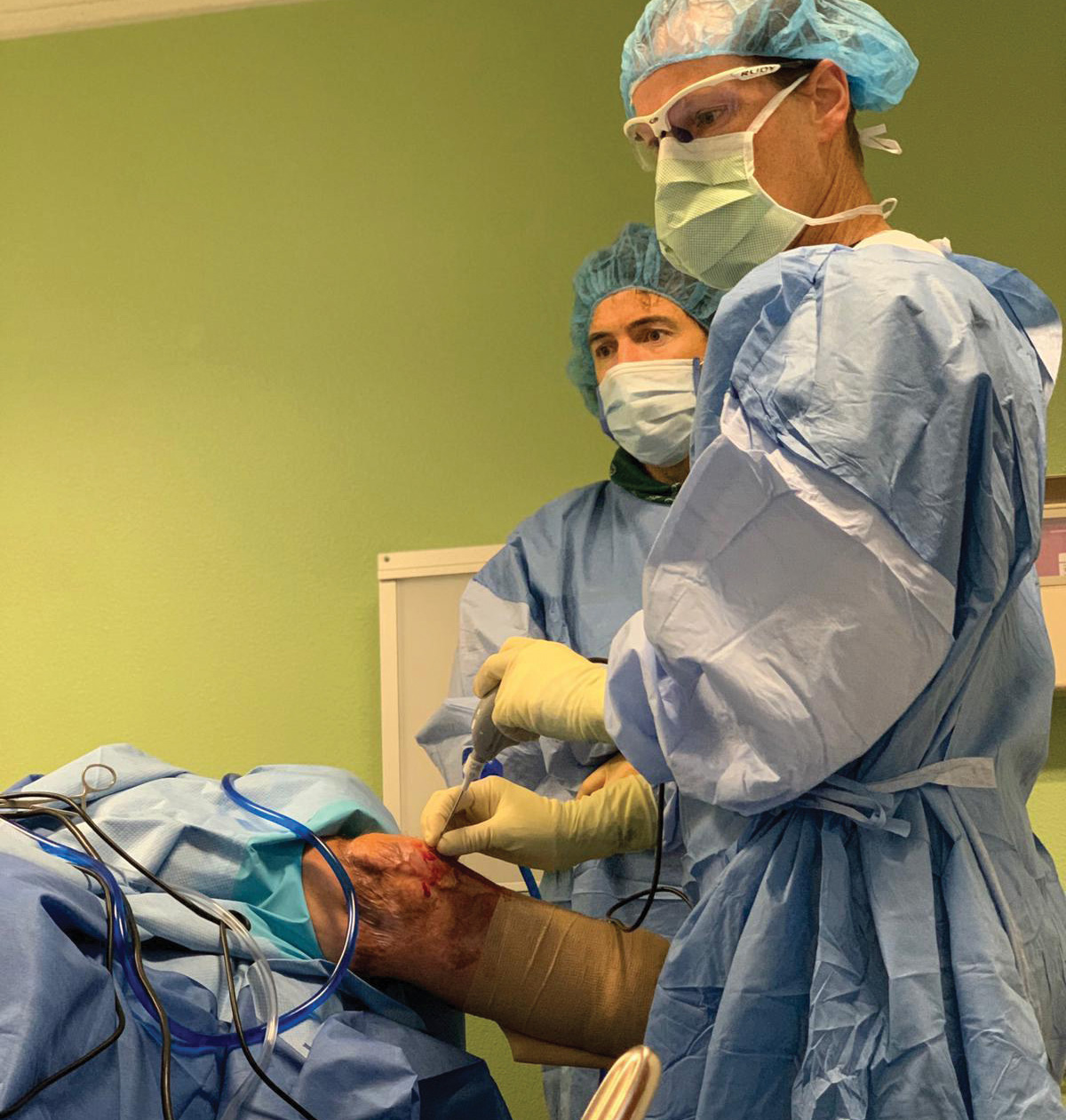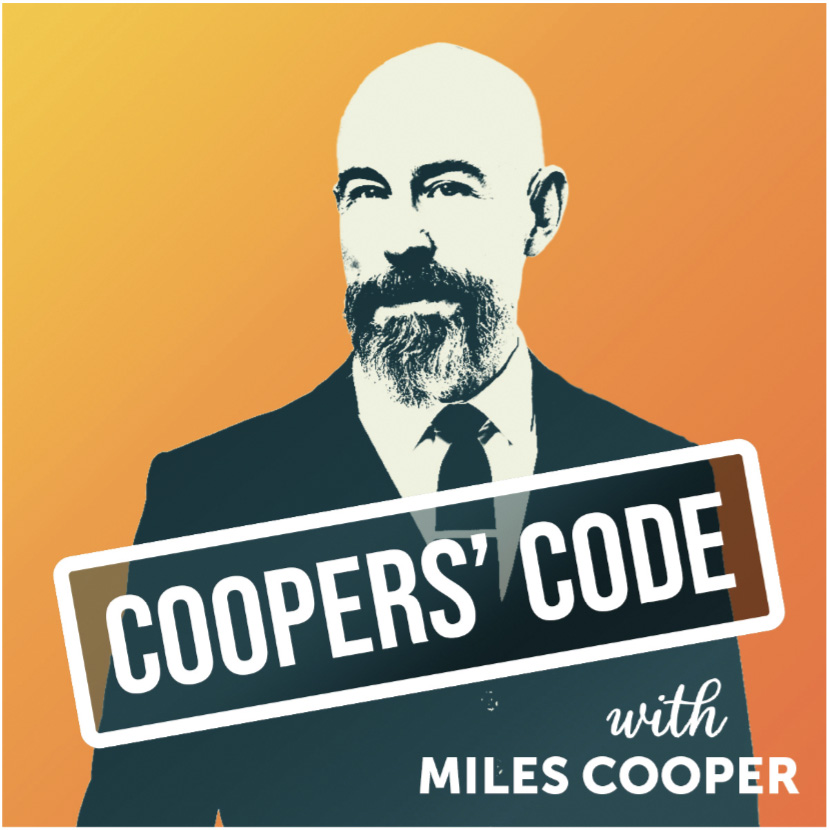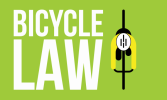Answers to the name of Lucky*: Recovering from a crash
By Miles Cooper
When we tell cyclists’ stories to claims adjusters, defense lawyers, mediators, and juries, I draw on personal experience. Getting scraped up and gurneyed by paramedics as riders roll by is no fun. Nor is the uncertainty on the way to the ER, wondering what’s broken or torn. Having great surgeons who know their stuff helps, but surgery isn’t particularly joyous either. All this though? That’s the easy part. The hard part is the recovery.
When a body part isn’t functioning or requires immobilization, one’s entire existence shifts. And when cyclists fall we frequently injure our dominant side. We instinctively put out that dominant hand to break our fall, instead breaking our hand, wrist, or other part further up. This means eating with the other hand, buttoning pants with the other hand, wiping — stuff — with the other hand. The upside is the change requires one to be in the moment. This is the time to step back and be thankful for the things that do work. You might be eating with the wrong hand but at least you didn’t break both wrists supermanning over a car’s hood. Both wrists? Well, at least you can still go for a walk. No matter what happens there’s a way of looking at it, and you’re almost always better off than someone else out there.
 Part man. Part machine. All cycling attorney.
Part man. Part machine. All cycling attorney.
On our recovery arc we also learn we aren’t as important as we think. We believe the world revolves around us, and if we stop for just a moment to tie our shoes, that world collapses. We think this — until a crash. Suddenly we find that folks can find a way to get things done without us, work will be fine, and people come out of the woodwork to lend a hand. That’s helpful because the recovery phase can be long, nonlinear, and challenging.
One unspoken challenge? A lack of movement and missing time outside. Cyclists come in all flavors. Commuters. Social riders. Racers. One commonality: they get outside and they get their endorphins flowing. Now that’s been taken away. One can quickly slip into sadness without replacing that in some fashion. I’ve had the good fortune to have primarily upper-body injuries in my crashes. For those curious, these include three surgical repairs (collarbone, wrist, and acromioclavicular joint) and other miscellaneous non-surgical events (two hand fractures, a radial head humerus fracture, and rib fractures). Call me lucky, aggressive, or slow. (Side note: all of these have been entirely mistakes of my own making, usually as a result of my ego. None involved drivers.)
 Off-road adventures of yesteryear. Photo courtesy of Miles.
Off-road adventures of yesteryear. Photo courtesy of Miles.
With the injuries I’ve sustained thus far, I’ve still been able to walk. As part of my injury recovery plan I make sure to include time outside, preferably while there’s some sun out, walking. Getting to and from physical therapy is a great way to incorporate movement. Those eager to maintain peak fitness like indoor cycling trainers so that the return is not as hard. Since I ride to adventure, not to win, those devices have no appeal for me. Whatever one’s movement plan is — walks, the trainer, swimming, something more exotic given complex injuries — do something. Otherwise an active person will go stir crazy, and the recovery will be that much worse.
Most recovery includes physical therapy, which is important. There’s the basic approach, which involves doing exercises with the therapist. Learning the routine and doing it at home or at the gym between PT sessions, with the therapist’s permission, typically results in a better recovery. There’s a fine line here between being proactive and overactive. Between the therapist and one’s own body one comes to learn the difference between discomfort (which is expected), and warning pain (where one should stop). Health insurance can be stingy with PT, and it can be hard to get to PT as often as one would like. That’s where asking for guidance on home exercise helps.
Finally, recognize that recovery isn’t linear. There can (and likely will) be setbacks. One loses one’s balance, begins to fall, and puts weight on the immobilized body part, re-injuring it. An X-ray shows non-union for a fracture, requiring further surgical intervention. While no one wants a setback, knowing they can happen and expecting them as part of the process makes them more palatable.
 Dr. Barry works on getting a patient back to doing what they love. Photo courtesy of Dr. Barry.
Dr. Barry works on getting a patient back to doing what they love. Photo courtesy of Dr. Barry.
Recovery can be tedious and terrifying or one can embrace it as an opportunity to work through a different problem set. One can’t change the path, so it is best to change the perspective. As I reflect on my most recent incident I want to acknowledge Piers Barry, M.D., whose surgical acromioclavicular joint repair was done so well I can’t tell which shoulder was hurt without searching for the scar in the mirror with my glasses on. The fact he’s a top cyclist who has helped lots of competitors stay at the top of their game doesn’t hurt either.
* A reference to the old missing pet flyer: “Lost dog: 3 legs, blind in one eye, missing right ear, tail broken, recently fixed — answers to the name of Lucky.”

Stay healthy with The Ready State
On the latest episode of Miles’s podcast, he chats with Juliet and Kelly Starrett of The Ready State about mobility, exercise, fighting burnout, and more.
Watch this episode on YouTube.
Have you or someone you know been involved in a bicycle crash? Want to know about your rights? Are you a lawyer handling a bicycle crash who wants the best result for your client? Contact Bicycle Law at (866) 835-6529 or info@bicyclelaw.com.
Bicycle Law’s lawyers practice law through Coopers LLP, which has lawyers licensed in California, Oregon, and Washington state, and can affiliate with local counsel on bicycle cases across the country to make sure cyclists benefit from cycling-focused lawyers.
